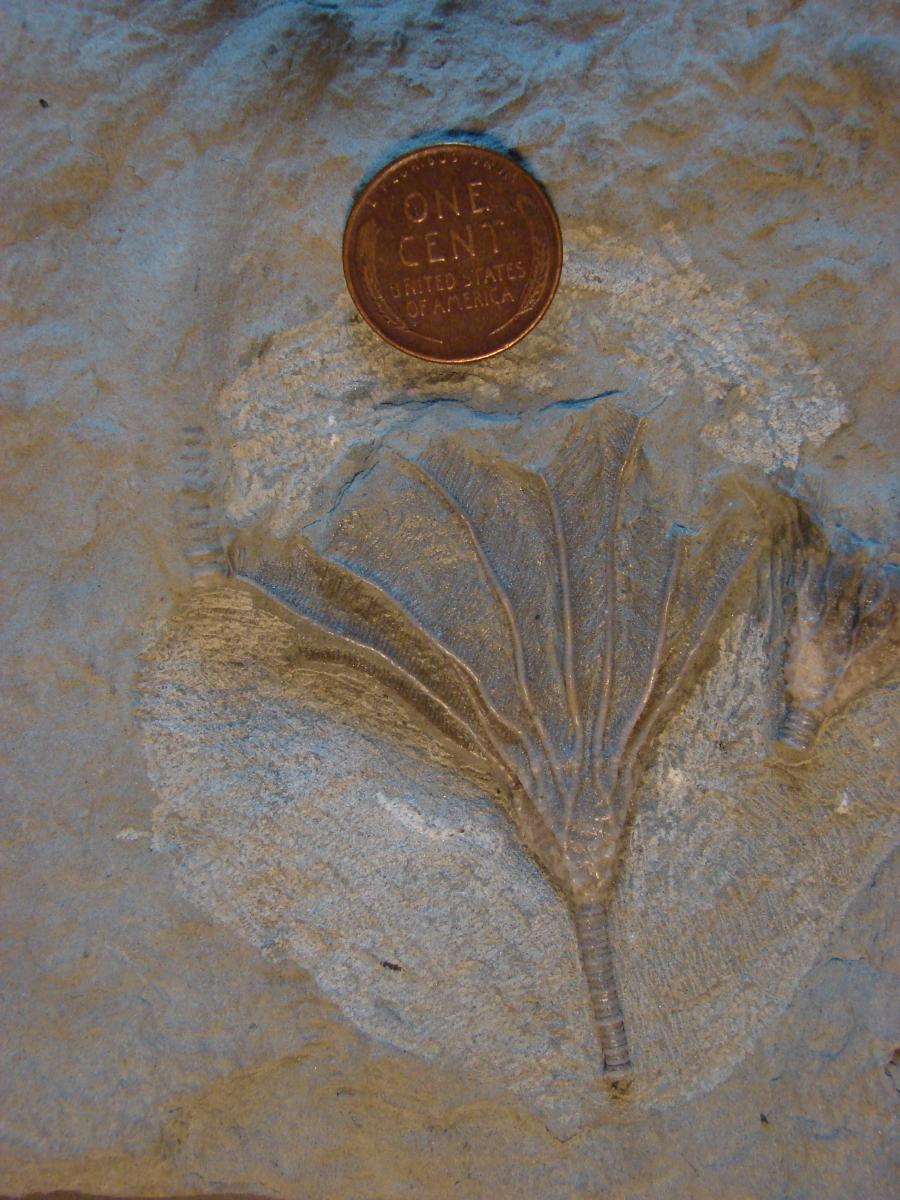
Last week on Fossil Friday, we encountered a little ocean delight and we asked, what’s its genus...and its very lovely common name? The common name should have been obvious. Just look at it—it looks like a flower, and sure enough this organism is called a “sea lily.”
But what was the genus? Why, it is a Glyptocrinus, of course. Well done, Gerald Wilgus!
From the Encyclopedia Britannica:
“Sea lily, any crinoid marine invertebrate animal (class Crinoidea, phylum Echinodermata) in which the adult is fixed to the sea bottom by a stalk. Other crinoids (such as feather stars) resemble sea lilies; however, they lack a stalk and can move from place to place. The sea lily stalk is surmounted by a bulbous body with frond-like tentacles, and the animal resembles a plant. The stem consists of limy disks, and the body has an internal skeleton of close-fitting limy plates...More than 5,000 extinct species—some 20 m (65 feet) long—are known. They are important index fossils of the Paleozoic Era (from 542 million to 251 million years ago).”

